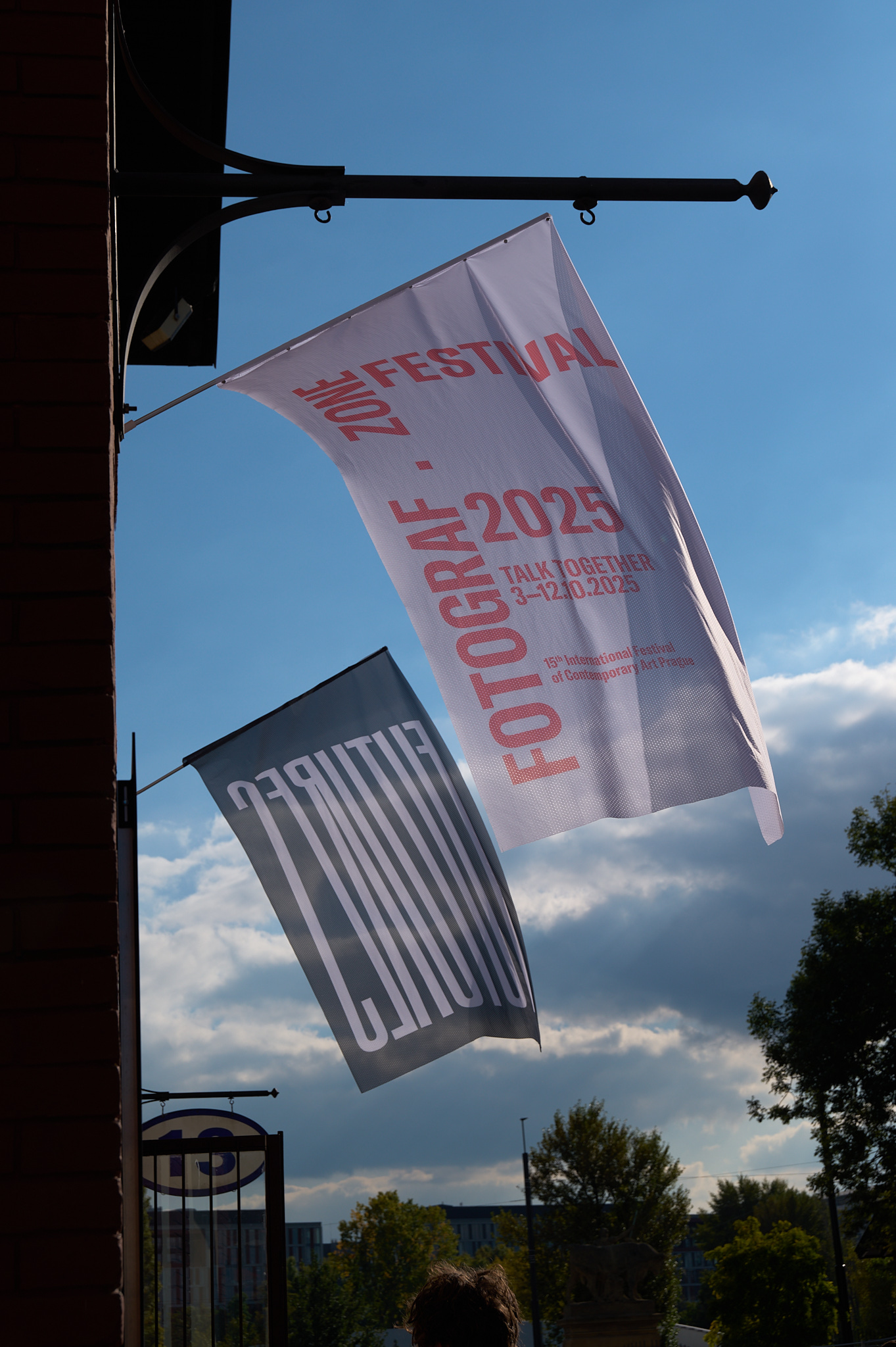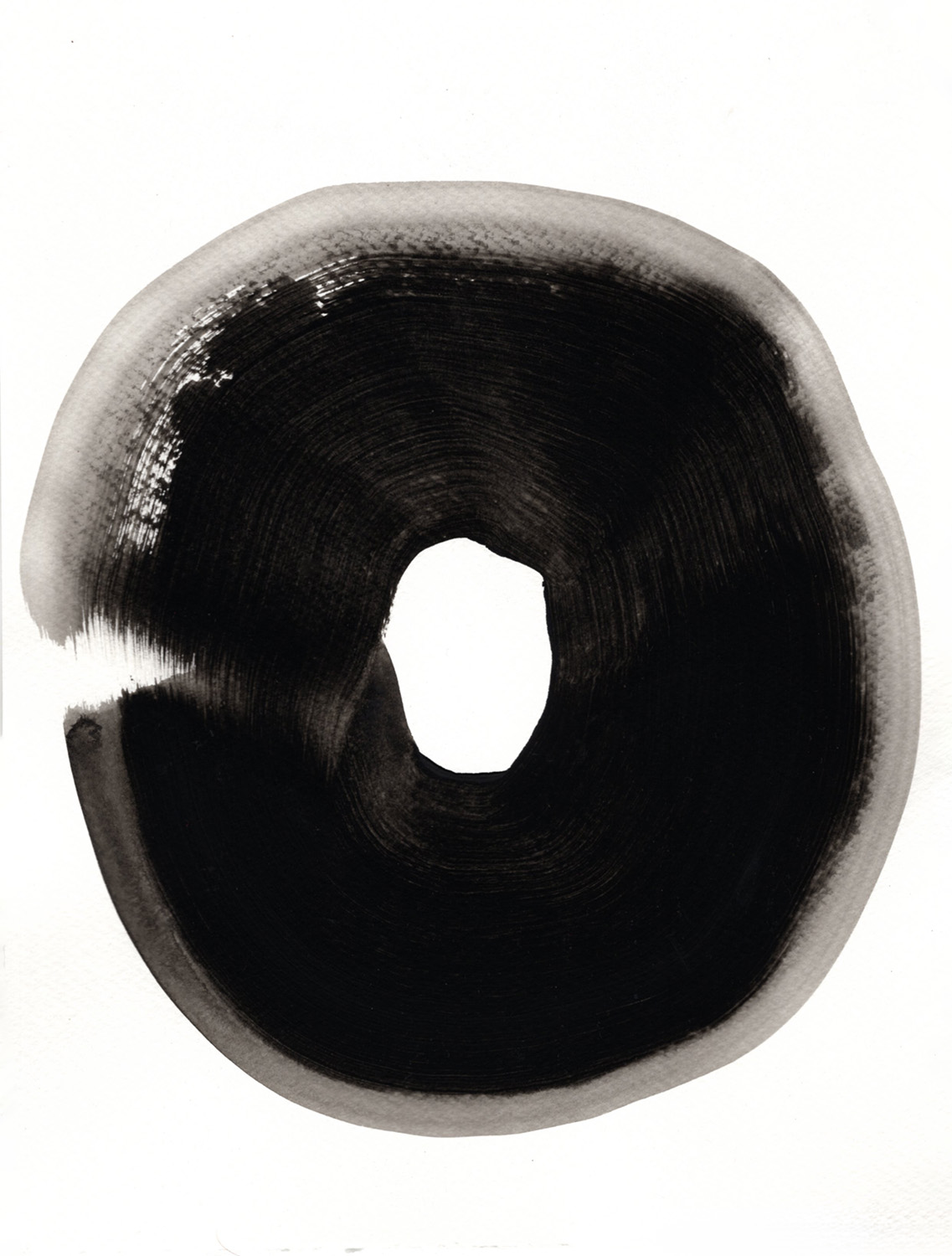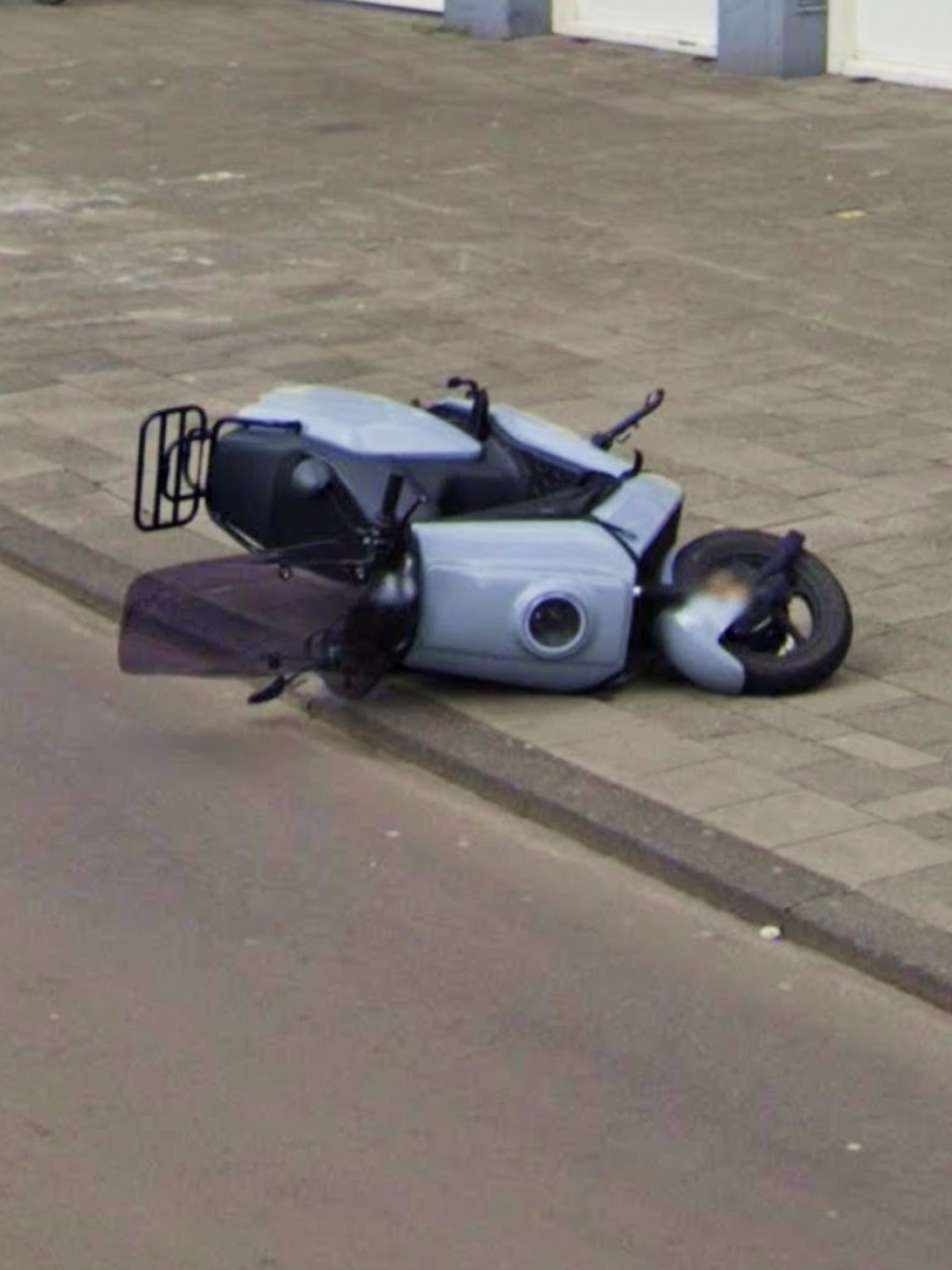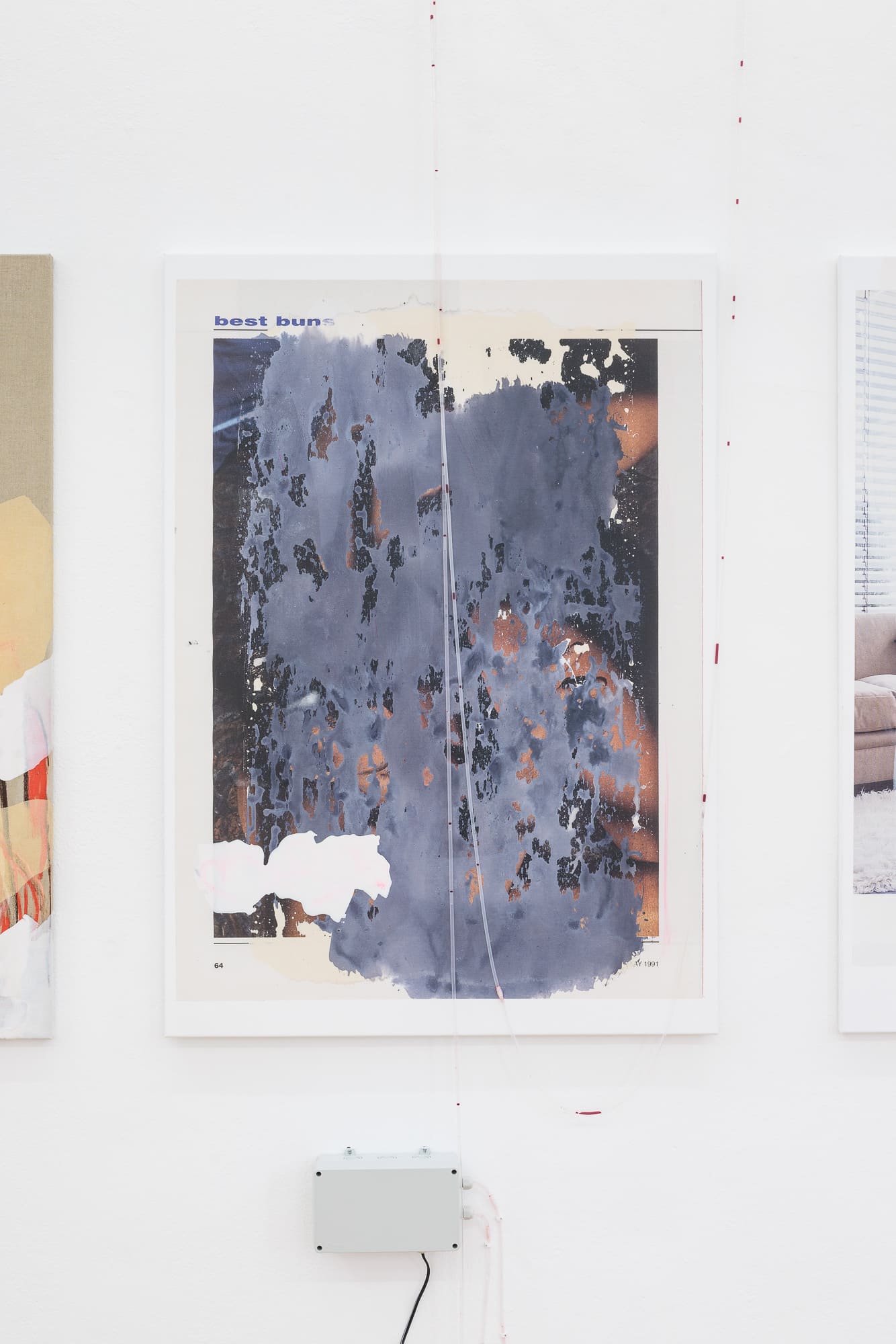
Including different perspectives and maintaining a collaborative, investigative attitude are essential aspects of the artistic practice of the Polish couple Michał Sita and Anna Pilawska-Sita. Unexpected, yet perhaps inevitable, their residency at the Future Hub concluded with a playful workshop inviting participants to rethink space from the perspective of a golf ball. It marked a momentary conclusion of their ongoing collaborative research — a process that continues to evolve and is centered on the South Korean island of Jeju.



Anna and Michał live in Poland with their son and dog. They each have independent practices, but sometimes they combine their distinct backgrounds to create collaborative work that blurs the boundaries between architecture, art, photography, and humanistic research.
“When we work together, those boundaries have to be dismantled. At some point, it’s not actually important who is doing what. The end product is just a combination of all the tools you have together.”
Anna brings expertise in architecture and spatial design, having studied at the University of Art in Poland and worked extensively on exhibitions and landscape projects. Her special interests include green architecture and landscape forming. Michał is a photographer, curator, and anthropologist, focusing on social memory and imagined histories. Collaboration allows their analytical and spatial approaches to converge, producing outcomes richer than the sum of their parts.
“I think that those interests overlap when Anna is working with the logic that is behind forming landscapes and intervening into the natural world through architecture and I at the same time am interested in the ways we imagine and walk towards the past, this is my anthropological interest.”
Their first major project combining these interests was Cù Chi Tunnels, documenting a 250-kilometer network of military tunnels in Vietnam that were life-saving during the war with the United States and later restored, a project initiated by the Polish architect Kazimierz Kwiatkowski.
“The outcome of our work could be considered a photo book. But it also could be considered a historical analysis. Or what it actually is, an architectonic survey of a monument.”
This project brought them to the attention of the 4th Biënnale of Jeju (2024), organized by the Jeju Museum of Art. The South Korean island of Jeju is scattered with post-colonial Japanese military structures, left by the Imperial Japanese army when controlling Jeju in the years 1910-1945. This heritage is largely neglected and impossible for residents to fully engage with. The Jeju Museum of Art invited artists, unconnected to the local context, in the hope that their fresh perspectives might uncover aspects of the heritage that locals could not see. Anna and Michal were invited for a two and half week stay.
“We started by analyzing maps of the island, identifying Japanese fortifications and their relation to the volcanic hills. Many sites were forgotten — hidden entrances to tunnels, small bunkers, or observation points in deep forests. We studied not only the structures but how they shaped the surrounding landscape and the logic they imposed.”

Their work went beyond documentation, asking: how does post-colonial architecture retain its potential even as the landscape changes?
“What does it mean that they [the military structures] are still there, how would you imagine the whole island or the vicinity of those structures if you follow their logic? We wanted to see... do they have some kind of power to redefine what the space around them is?”
At the Biënnale, Anna presented models showing how fortifications merged with natural surroundings, while Michał displayed photographs of the dense forests concealing these structures. This first visit marked the beginning of an ongoing research project into the ontology of Jeju’s landscape. Returning in 2025 for a one-month residency, they spoke with local artists to gain insights into long-term projects and responses to landscape changes, such as tourism development, reforestation, and restoration efforts.
“We realized that it would be essential to organize meetings with artists from Jeju who have already worked with the landscape. It was valuable to gain insight into their long-term projects and perspectives, especially since we, as artists from another country, also have our own artistic process.”
“When we think about the landscape, we can understand it through different ontologies that are embedded within different contexts. You can think of something quite similar to what we did with the bunkers: organisms as ways of using or behaving within the area around you. This ontological way of thinking about a place needs a starting point, an organism at the center of your re-evaluation of everything around you. These re-evaluations were carried out by several artists, for example through weeds or through the palm trees themselves.”
For their ontological survey, Anna and Michał turned to infrastructure shaped by tourism: golf courses.
“What stayed in our mind…was this huge driving range for the training of golf…this was like a part of the landscape.”
Golf courses reveal a unique relationship between visibility, artificiality, and human influence. Often hidden behind forests or hedges, carefully designed for players’ experience, these spaces exist in a constructed, imaginative world. The focus point for their study was a borderland between these spaces and real life, the tension between what is visible and what is deliberately concealed. The combination of natural terrain, structured nets, and hidden landscapes highlights aesthetic contrasts and the human capacity to reshape the environment.
“Completely artificial nature… [a] border between real life and the playground or their imagination.”
During their stay at the Futures residency, Michał and Anna organized the results of their research into visual work. At the open studio, Anna’s work was displayed on a long table, exploring how energy and tension applied to material from outside or inside can define a space. She visualized this through small constructions made of wood, chicken wire, and pieces of tights, which resembled miniature driving ranges. On the wall, drawn portraits of trees from Jeju and sketchy top views or maps with the contours of the island illustrated the influence of golf courses on the landscape. On other walls, Michał’s black-and-white photographs presented almost abstract, close-up images where the natural landscape merges with another reality: the golf practice areas and courses. The images are aesthetic and imaginative, reflecting the interplay between natural and constructed environments.
During the final week in Amsterdam, they hosted a hands-on, and sometimes hilariously, workshop, turning the Futures Hub into a makeshift driving range. Using ladders, cardboard, rope, golf balls, and duct tape, participants explored space through the rules of golf. The key question was: “What if the Futures Hub itself had to subordinate itself to the logic of a golf ball?” The workshop was both a playful and insightful experiment in spatial thinking.
Finally, when asked about their future practice, Michał and Anna reflected:
“Well, it's a new ground for us, not to think about a specific case study, but to think about establishing an infrastructure for combining several different perspectives. We can think of a big exhibition that invites several artists, but there is also a logical problem within this idea that there is a curator who selects the valuable perspectives towards landscape and maybe that legitimizes several artists who are those, in this way, legitimizing those perspectives. And the point is that very tiny perspectives without any legitimization may be equally revolutionary. So, what we're having right now is a problem of how to establish an infrastructure for this knowledge production that would not only serve us as artists to show our work and beautiful photographs and models, but to create incorporation possibilities. And that's a much more long-term and difficult task that we have in front of us. But it's... It's the outcome of what started in a very small way. It's a new way of working, actually.”




.jpg)











.jpg)


%2520Unseen-campaign-2024-square-forweb.jpeg)


.avif)



.avif)

























.jpeg)





























.jpeg)

















































































%252C%25202015.jpeg)































